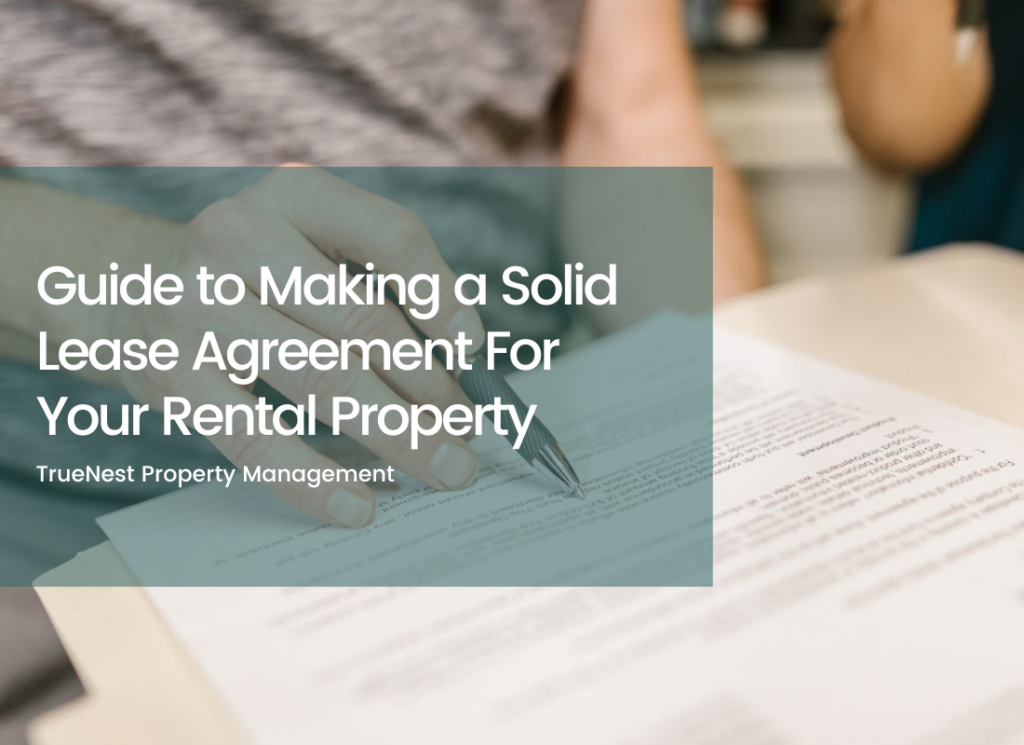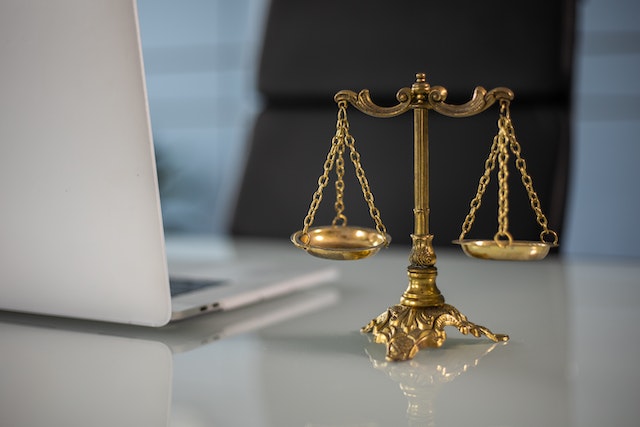Guide to Making a Solid Lease Agreement For Your Rental Property

Creating a strong lease is essential to starting a fruitful landlord-tenant relationship. Navigating this process’s complexity, though, can sometimes feel overwhelming. How can you guarantee that your rental property is sufficiently secured and that your tenants have a satisfying experience at the same time?
Everything you need to know to draft a solid lease agreement that works for you and your tenants will be covered by this guide. We’ll streamline the process, from important terms to legal issues, so you can confidently manage your rental property.
Together, we can transform your lease agreement from a mere formality into an effective instrument for creating a strong sense of community among renters.
The Significance of a Well-Structured Lease Agreement
More than just a required document, a well-written lease agreement serves as the foundation for a fruitful landlord-tenant partnership. A comprehensive and unambiguous leasing agreement is advantageous to both parties since it reduces the possibility of disputes and sets expectations up front.
A comprehensive lease agreement gives landlords legal protection, specifies the terms of the rental, and guarantees that each party is aware of their responsibilities. It is vital to the preservation of the property, including conditions for rent payments, security deposit requirements, and other important elements of efficient property management.

Landlords can build a good and professional connection with tenants and create the foundation for a successful tenancy by creating a thorough lease agreement.
Key Components of a Lease Agreement
To safeguard the interests of both landlord and tenant, a lease agreement should include several critical components, such as:
- Identifying All Parties Involved: Clearly list the names of all individuals renting the property and those responsible for adhering to the lease terms.
- Details of the Rental Property: Provide comprehensive details about the rental property, including its address and any specific terms related to its use.
- Lease Term and Rent Information: Specify the lease duration (e.g., yearly, month-to-month) and the rent amount, along with the due dates and accepted payment methods.
- Security Deposit and Pet Guidelines: Outline the security deposit amount, conditions for its return, and any applicable pet-related rules.
- Responsibilities for Maintenance: Define who is responsible for property upkeep and repairs, including the process for handling emergency maintenance.
- Penalties for Late Payments and Eviction Procedures: Describe the penalties for late rent payments and the steps involved in the eviction process if the lease terms are violated.
Additional Clauses to Consider
Beyond the fundamental components, landlords might include specific clauses to further protect their interests and clarify expectations. These may cover:

- Utilities and Services Responsibilities: Clearly state which utilities and services (e.g., water, trash removal, internet) are covered by the rent and which ones the tenant is expected to handle.
- Subletting and Lease Transfer: Clarify whether the tenant is allowed to sublease the property or transfer the lease to another individual with the landlord’s approval.
- Conditions for Property Access: Outline the circumstances under which the landlord or their representatives may enter the rental unit, ensuring that these conditions align with local regulations.
- Tenant Conduct Guidelines: Set forth the rules for tenant conduct, including noise levels, parking rules, and the use of shared areas, to maintain a harmonious living environment.
Legal Considerations in Lease Agreements
More than just listing terms are involved in creating a lease agreement; knowledge of the local and state regulations pertaining to rental properties is also necessary. In order to make sure their lease agreements are enforceable and adhere to applicable legislation, landlords need to be aware of these legal factors. Among the crucial legal factors are:
- Fair Housing Regulations: Adhere to fair housing regulations that forbid discrimination based on race, color, religion, national origin, gender, familial status, or disability in housing practices.

- Local and State Regulations: Investigate the specific laws and rules that apply to rental properties in your area, including those related to security deposits, eviction processes, and tenant rights.
- Health and Safety Compliance: Confirm that the rental property adheres to health and safety codes established by local authorities. These codes may influence the property’s livability and the landlord’s obligations.
Drafting the Lease Agreement
The next stage is to create the leasing agreement after taking into account all necessary elements and legal requirements. To produce an understandable and useful paper, adhere to following guidelines:
- Use Clear and Simple Language: Draft the lease agreement using plain language that is easy for both parties to understand, avoiding complex legal terminology that might confuse tenants.
- Outline All Conditions: Provide a detailed description of all terms and conditions, including the amount of rent, payment due dates, security deposit, and any applicable rules or restrictions.
- Discuss with the Tenant: Review the lease agreement with the tenant before signing to ensure they fully understand the terms and address any questions they may have.
- Consider Revisions: If the tenant proposes modifications to the lease, evaluate their suggestions and make reasonable and legal adjustments if needed.
Enforcing the Lease Agreement
The first stage in creating a solid lease agreement is for landlords to make sure its provisions are upheld during the tenancy. The following are some strategies for efficient enforcement:

- Foster Open Communication: Ensure continuous and clear communication with your tenants. Address any problems or lease violations quickly and in a professional manner.
- Keep Detailed Records: Maintain comprehensive documentation of any lease breaches or disputes, as this can be essential if legal proceedings become necessary.
- Adhere to Legal Eviction Procedures: If a tenant consistently breaches the lease and other remedies do not resolve the issue, follow the legal eviction processes specified in your lease agreement and local regulations.
Conclusion
It’s essential to draft a solid lease agreement to safeguard your assets and promote good tenant relations. Landlords can reduce risks and guarantee a smooth tenancy by comprehending the legal factors, creating explicit terms, and continuously enforcing the agreement.
Consider contacting TrueNest Property Management if you need more assistance managing your rental property. Their knowledge of property management can help you maintain the safety and profitability of your investment by guiding you through lease negotiations, tenant relations, and more.
